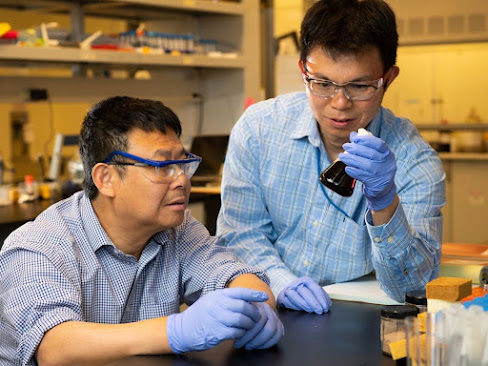 |
| Migrating sockeye salmon approach their spawning grounds on a tributary of the Copper River. Credit: University of Alaska Fairbanks |
A new paper published in Science Advances synthesizes the impact of metal and coal mines on salmon and trout in northwestern North America, and highlights the need for more complete and transparent science to inform mining policy.
It is the first comprehensive effort by an interdisciplinary group of experts that explicitly links mining policy to current understanding of watershed ecology and salmonid biology.
“Our paper is not for or against mining, but it does describe current environmental challenges and gaps in the application of science to mining governance. We believe it will provide critically needed scientific clarity for this controversial topic,” said lead author Chris Sergeant, a graduate student at the University of Alaska Fairbanks College of Fisheries and Ocean Sciences and a research scientist at the University of Montana.
For the study, experts integrated and reviewed information on hydrology, river ecology, aquatic toxicology, biology and mining policy. Their robust assessment maps more than 3,600 mines throughout Montana, Washington, British Columbia, the Yukon and Alaska. The size of the mines ranges from family-run placer sites to massive open-pit projects.























.jpg)
